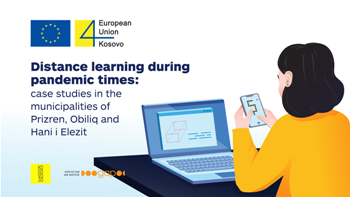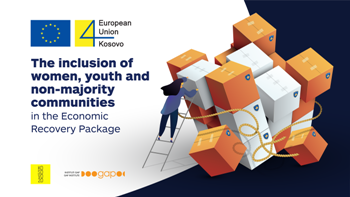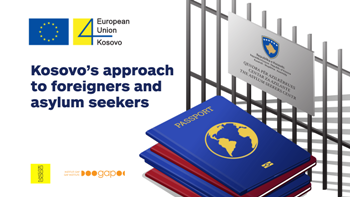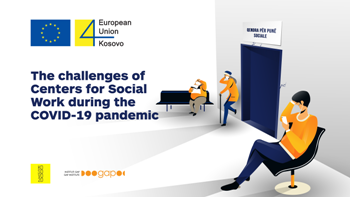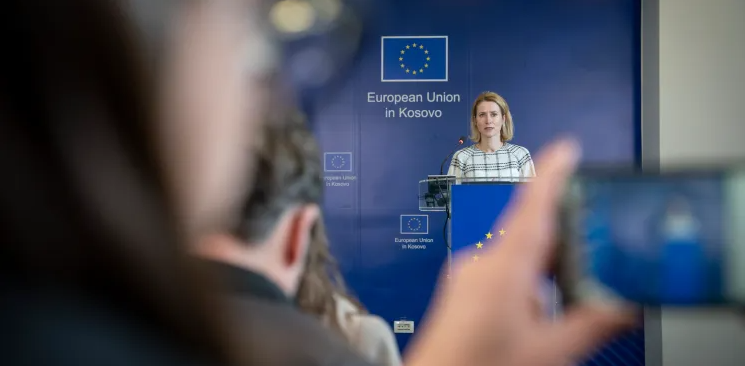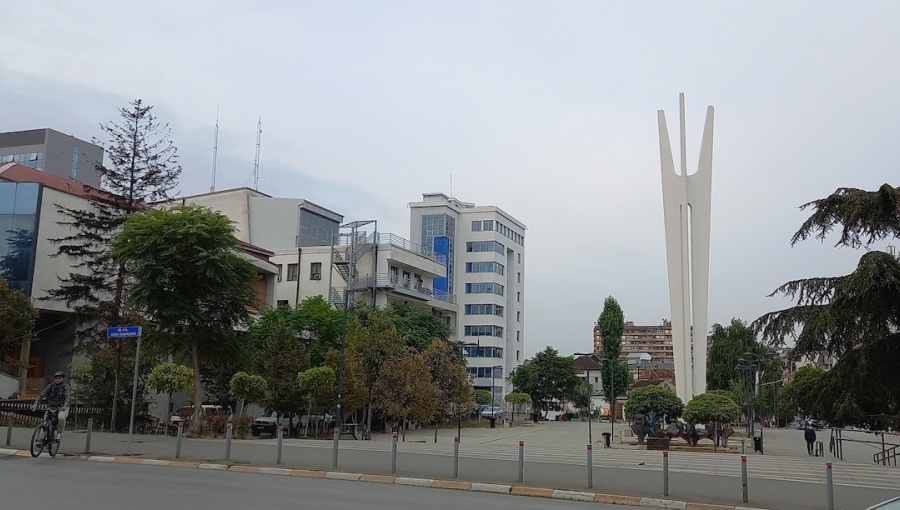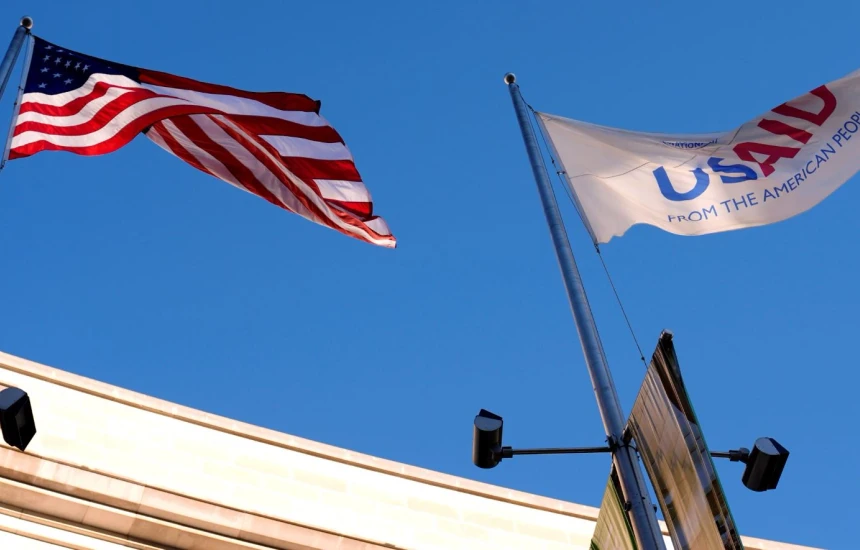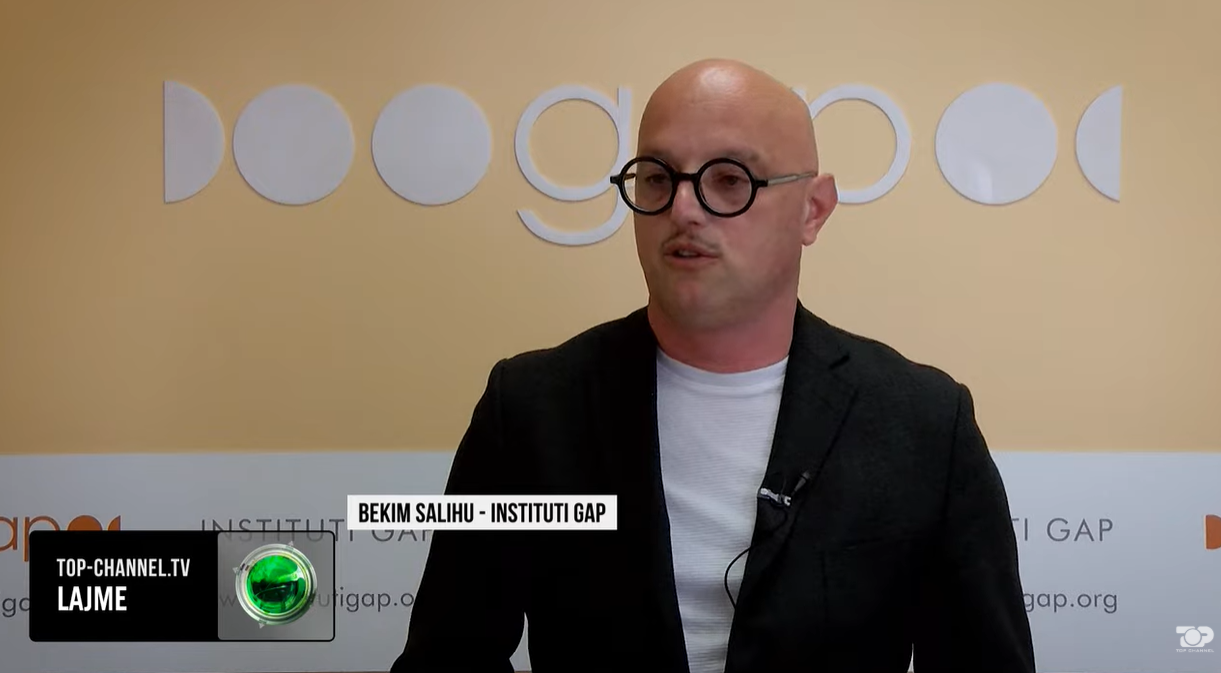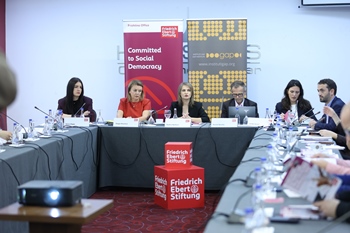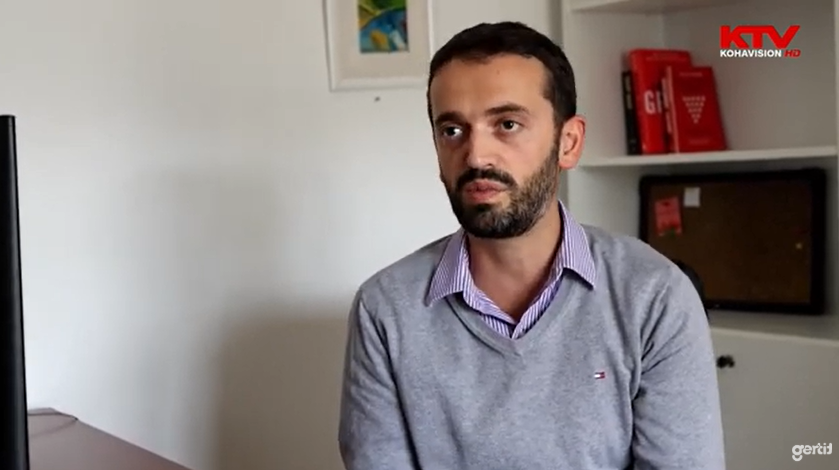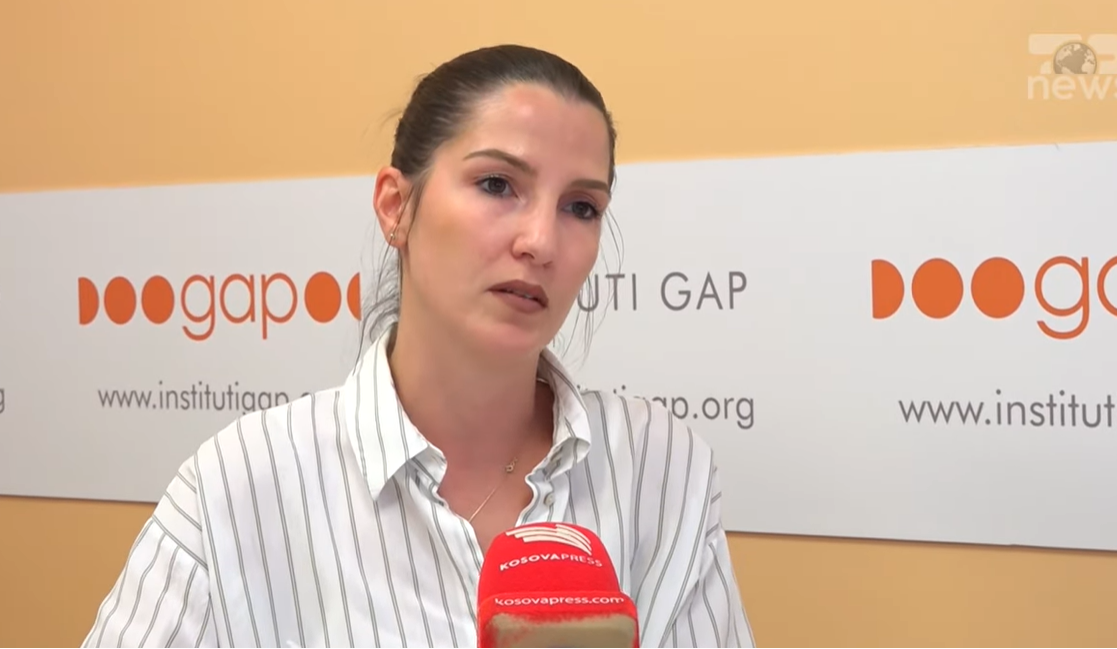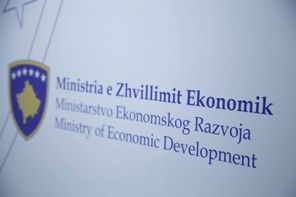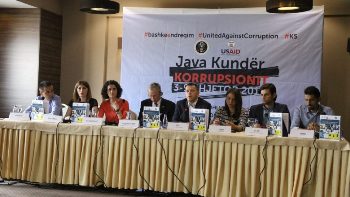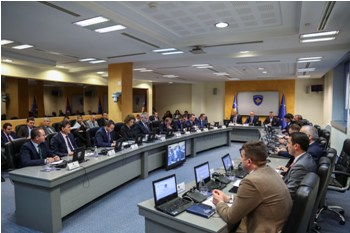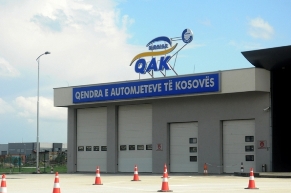Employment of women and their representation in Kosovo
01/05/2021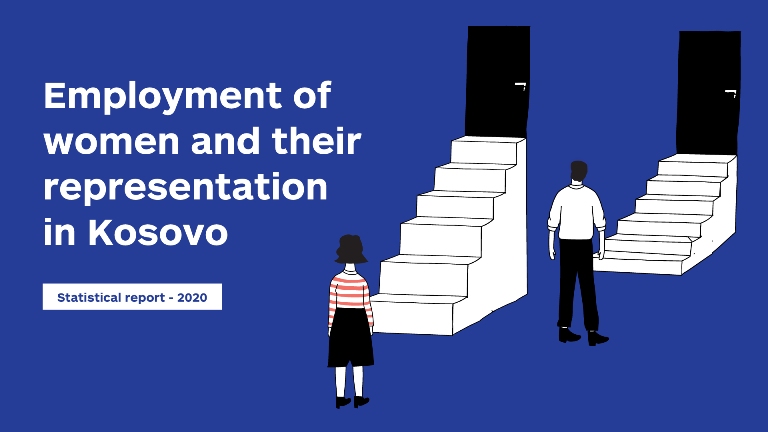
Today, GAP Institute published the statistical report on “ Employment of women and their representation in Kosovo" for 2020.
In 2020, the COVID-19 pandemic and the change of two governments combined have also affected the employment and representation of women in Kosovo. The COVID-19 pandemic has further aggravated the position of women in the labor market, as employment opportunities have dwindled. In 2020, the employment rate for women was only 14.4%, while for men it was 46.2%
Although the number of young women who were studying or had completed their studies was significantly higher than that of young men, the data show that their participation in the labor market remains low, where only 21.5% of working-age women are active in the labor market. Moreover, over 8,737 female jobseekers had completed their Bachelor studies, which is higher than the number of male jobseekers of the same profile (5,034).
During 2020, the Kurti Government appointed women to 21% of key government positions versus 14% that were appointed during the tenure of the Hoti Government. In management positions, civil service and academic staff, women have held about one third of the positions in 2020 as well.
Whereas, the unemployment rate for women, including only those actively seeking employment, was 33.1%, while for men it was 21.5%. On the other hand, even this year, the interest of women to find a job is almost at the same level as that of men. The number of female jobseekers registered with the Employment Agency in 2020 was 90,677, while the number of male jobseekers registered with this Agency was 109,900.
In the Social Assistance Scheme, as the sole poverty targeting scheme, gender differences are striking, and little progress has been recorded compared to the previous year. In Category 2, only 9.42% of beneficiaries are women, while in the two categories of the scheme the aggregate rate of female beneficiaries is 34.14%.
This is the fourth annual report whereby the GAP Institute aims to statistically showcase the differences in the representation of women in the labor market, education, and social welfare.
Te read the full report click here.
